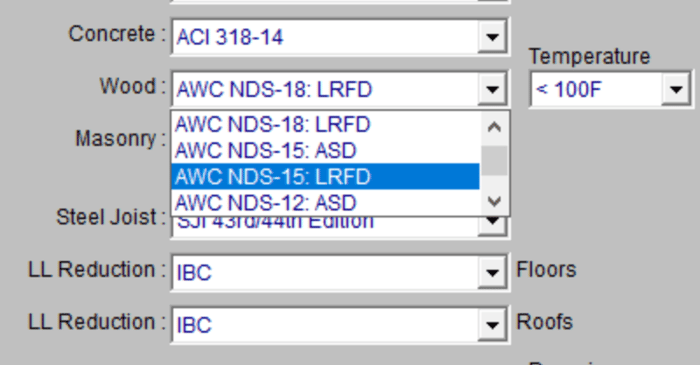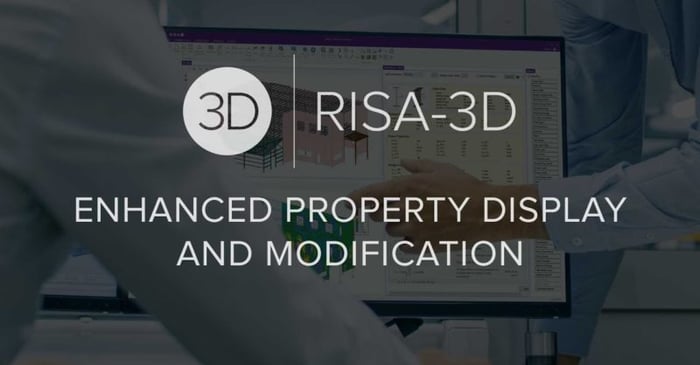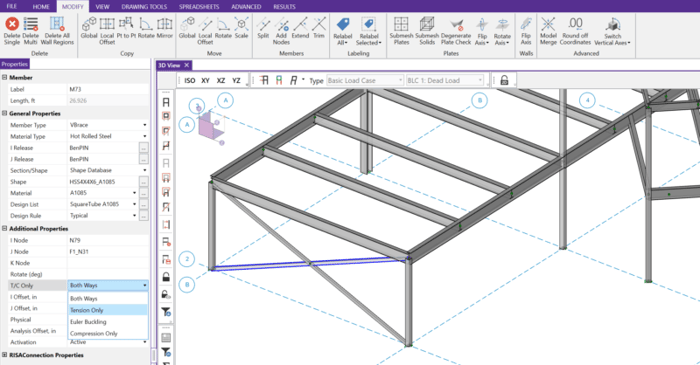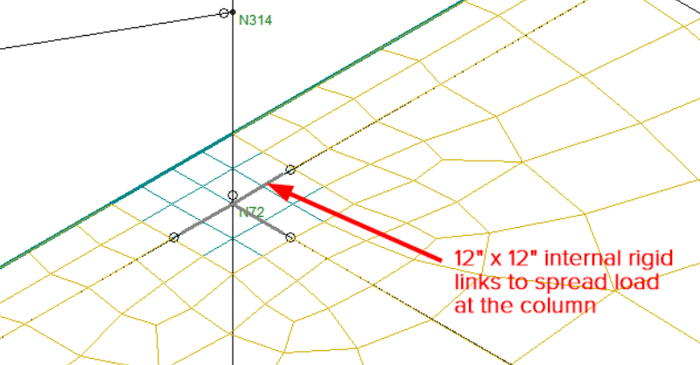
August 30, 2019
Nested Load Combinations in RISAFoundation
RISAFoundation includes the ability to utilize “nested” load combinations. Currently, the Load Combinations spreadsheet in RISAFoundation is limited to ten columns of Basic Load Cases (BLCs) and Factor combinations. However, there are times where you may need to include additional entries to your...











